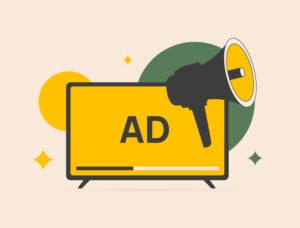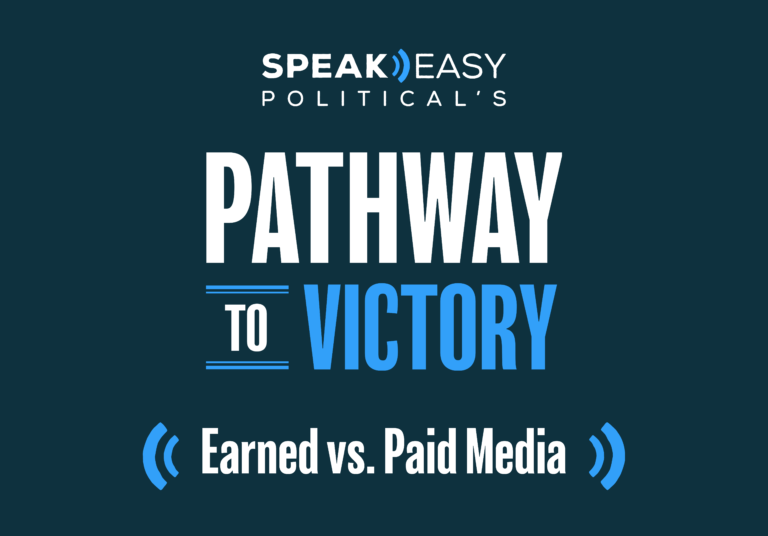How do I talk to reporters?
You should talk with them like you would talk with voters — in a straightforward and clear way. We suggest that after you have been out on the trail for a month or so, practiced your rap and done your issue homework, that you reach out to any reporter who might cover the race and ask if they would like to have a cup of coffee to chat.
Please make sure to read the last five articles the reporter has written before you meet — it will give you a sense of who they are. We suggest you keep these conversations on the record — meaning that the reporter is free to write anything you say and attribute it to you. Just be straight about who you are, why you are running and what you want to do in office. Don’t be nervous, but do remember that everything you say could end up in print. So leave the gossip to others — as well as anything else you don’t want attributed to you.
What if they have a negative question?
This is bound to happen so it is important to be prepared. Answer the question in a clear way that is not defensive. An example response would be: “Thanks for asking that question. I did have a tax lien when I was in college ten years ago and have since cleared it up. Like lots of college kids, I had debt and I made a mistake. That’s why I am running for Community College Board, to help students today get a good education without having to take on so much debt.”
Answer the question and then pivot back to your message. Being transparent builds a sense of trust with the voters whom you are hoping to represent.
Leveraging earned media.
This is what consultants like us call “the press” or “earned media” — the coverage you get in the local newspapers. Not every small campaign has an earned media plan, but there are frequent opportunities to earn this kind of coverage. Do you have an incredible idea to make the schools better? Write it up as a position paper and pitch it to your local reporter. Don’t forget to submit op-eds — opinion editorials submitted by readers that are longer than letters to the editor — on your position or your candidacy, if your paper will take them. Are there local radio stations, even college or high school stations, that want you to appear and talk about your campaign? Pitch them.
What will my paid media look like?
Unlike earned media, paid media requires you to pay to get your message out. For most first-time candidates, the variety and distribution of paid communications will probably be a combination of direct mail and digital advertising — which is likely why you came to SpeakEasy. These two tools are used because they are affordable and allow you to target your voters. Television and traditional radio advertisements are not usually used by first-time candidates because they are so expensive and they typically reach voters far outside your district.
Direct mail is still the most commonly used medium for smaller campaigns, for a good reason: you can laser-target the voters you want to communicate with. It can be great for introducing yourself to your community, and studies show that most people actually do read direct mail.
If you can afford to do just one piece of mail, generally you would want to do a bio piece that introduces yourself, communicates why you’re running and has great photography of you in your community.
If you can afford to do a full mail program, you should start with a bio piece, add in a couple of issue pieces on relevant topics like education or safety, and then move to a contrast piece that explains the differences between you and your opponent. Finally, you would want to end with a piece reminding your supporters to vote.
Digital advertising is a fast-growing part of nearly every campaign. Remember, most digital advertising allows you to target voters in some way. With SpeakEasy’s technology, you can target exactly the population of voters you are looking for with your message. So if you need to reach Democratic women — you can target just that demorgaphic.
Direct mail and digital media are frequently used together because they complement each other — and because digital media doesn’t reach every voter, most campaigns use both digital and direct mail (the rule of thumb is that even a strong digital campaign will only reach about half your target audience).
PRO TIP: Maximize your advertising dollars on Facebook by creating different image and text versions of your ads. It’s always better to test out different ads and see how they do against each other, rather than just creating one type of ad and getting back limited insights.
Looking for more information about what it takes to run for office? Download our e-book designed to walk candidates through the process of running – and winning – their first political campaign. And be sure to check out more from our Pathway to Victory series!




